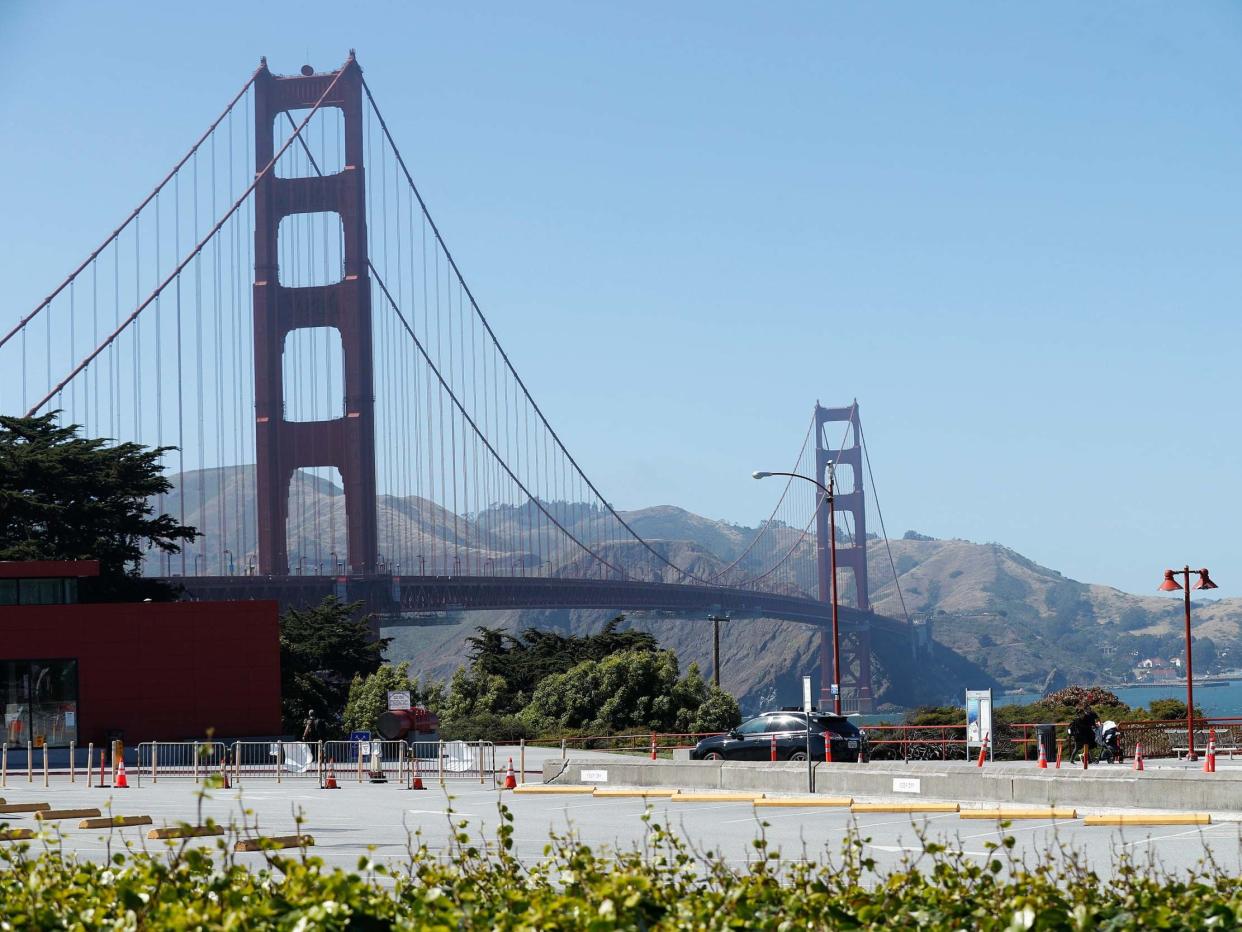I thought Montana was racist — until I moved to northern California

After my boyfriend accepted a job in northern California, we took a trip to see where we’d be living. We sat in the living room of our future landlords — who’d also moved from Montana — and they explained the culture in the Sierra Nevada foothills, nestled halfway between Sacramento and Lake Tahoe, two hours from the Bay Area.
“Some people fly the American flags, and some fly prayer flags,” they said, “other groups fly some more regional flags, but mostly we all get along.” I’ve lived in nine states and four countries, and I know that it’s almost impossible to fully understand a place until you really get into it. I had some leeriness about this rural part of California, but I figured it wouldn’t be too bad, and probably not more intolerant than Montana.
My New York City roots are four generations deep. I’m the first person on my mother’s side to leave the east coast, and only the second on my father’s side. It’s like our roots have cement shoes. When I told my grandfather I was moving to Missoula, Montana he saw images from his Spaghetti Westerns. “Do they have car dealerships or movie theaters out there?” he asked.
When I arrived in Montana and told people I was from “back east,” I got curious responses. One woman asked if I was from Billings — a five-hour drive east of Missoula — and another guessed Minneapolis — a sixteen-hour drive east, but not even halfway to New York. When I told them I meant all the way east to the absolute edge of the United States, they pictured me in Times Square or maybe in a scene from The Sopranos, which contrasted with my grandfather’s image of me sitting in a field, chewing on a blade of grass.
Montana is idolized by outsiders. They think of images from the national parks — Yellowstone and Glacier — and see grizzly bears, bison, snow-capped peaks, and the proverbial big sky. California is the same, but different. Strangers see incredible weather, nonstop sunshine, and beaches that don’t quit.
What most people don’t realize is that California has more hate groups than any other state. According to the Southern Poverty Law Center, which keeps a current “Hate Map by State” on their website, California has 88 active hate groups as of this writing. Montana has six. California is the most populated state, but the ratio of hate groups to population not only seems disproportionate but also unexpected.
Last week in Whitefish, Montana, a white man disrupted a peaceful protest. He knocked signs from protesters’ hands and stared down Samantha Francine, a young black woman. The bully shouted obscenities and towered over Francine with fists clenched at the ready. Francine shared on Facebook some advice she remembers from her now-deceased father, a white man who raised her by himself: “No matter the threat, always look them in the eye so they have to acknowledge you’re human.”
They identified the man and charged him with disorderly conduct. I heard from people at that protest that it was beautiful the way the crowd protected the young woman until the police arrived. While the man intimidated Francine, the protesters chanted, “Peaceful.”
In contrast, at a protest last week in Colfax, California, a man drove his truck through the crowd, distributing in his wake white supremacist stickers that included graphic cartoons and racial slurs. Although someone must have caught his license plate and/or vehicle description, the man’s identity remains protected. No charges have been filed and the sheriff reports that the “incident is under investigation.” The Colfax City Council hasn't commented, and the attitude seems to be equal parts complacency and “oh, this again?”
There’s no question that hate has been on the rise over the past few years. The data shows this to be true in every state. My home state of New York, with a population half the size of California, is on par with 44 hate groups. New York and Los Angeles have a long-running rivalry over which place has a better quality of life, and although sunshine versus bagels have camps firmly on one side of the country or the other, most inhabitants of the two cities agree they’re about equal on politics. The Bay Area fits in there as well.
But here’s the thing: if the cities themselves are safe(ish) havens for diversity, open-mindedness, and a bit of insulation from hate groups, the countryside is where the hate groups let it all hang out. If last week’s events in Whitefish and Colfax are an indication of a trend, Montana feels less racist than California, and might actually be less tolerant of blatant racism.
If nothing else, at least in Montana they look the tough guy in the eye.
Read more
Lecturer suspended after refusing lenient marking for black students
Minneapolis police force drops talks with city's union
Trump's standing with Americans tumbles after his response to protests
Two men caught taunting protesters by reenacting George Floyd's death

